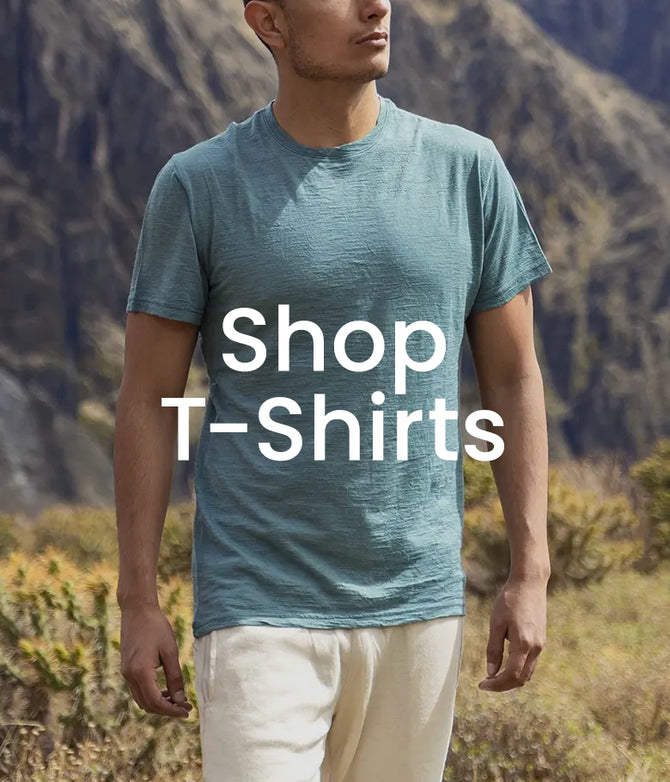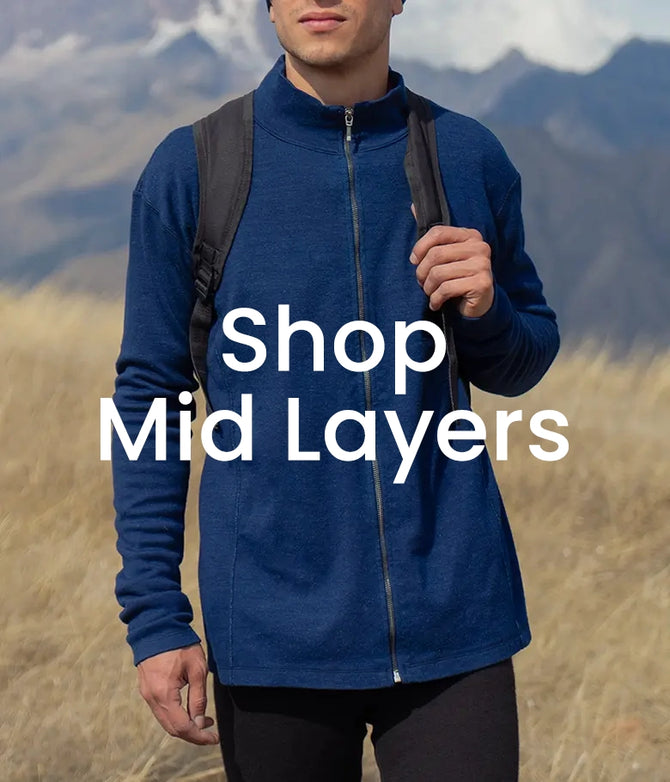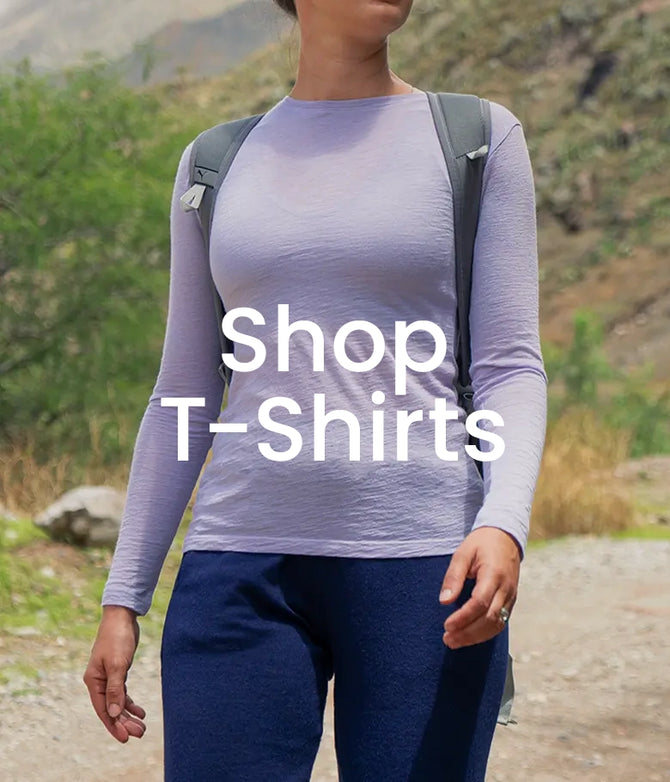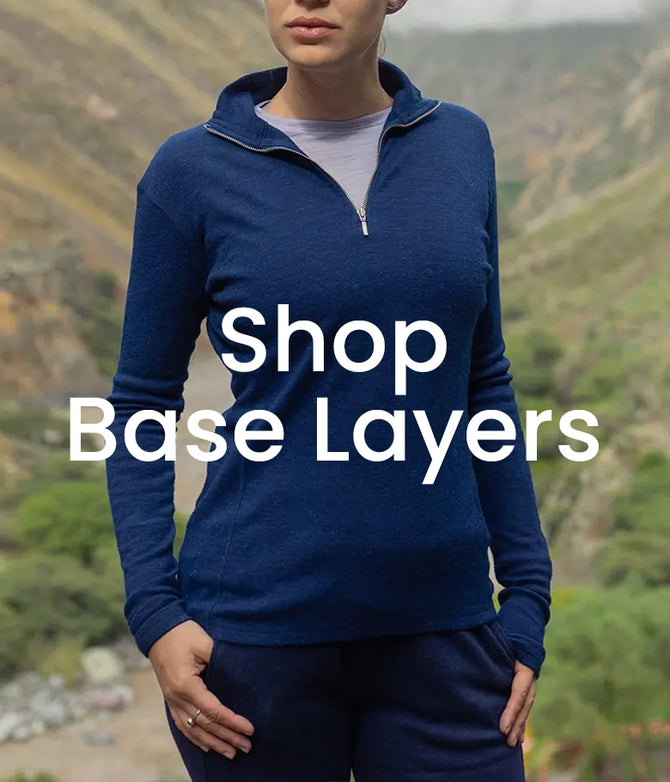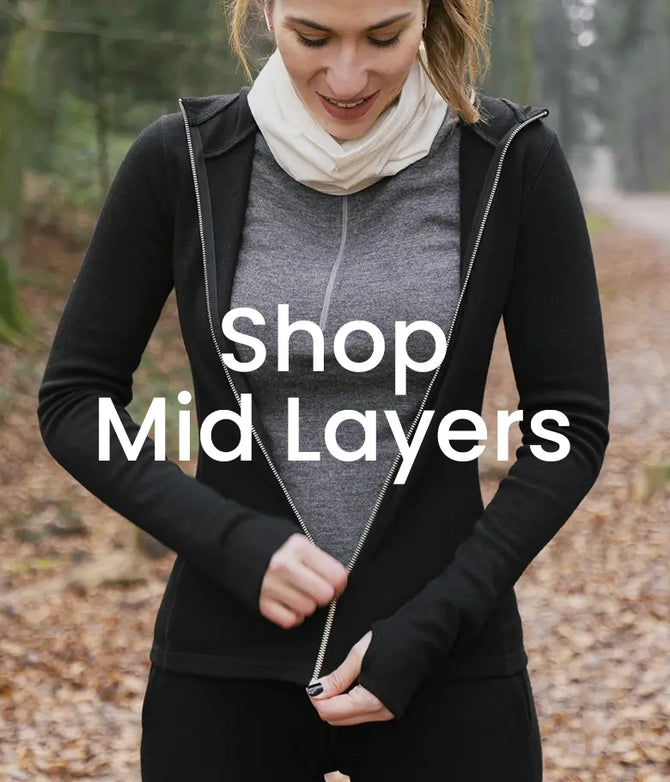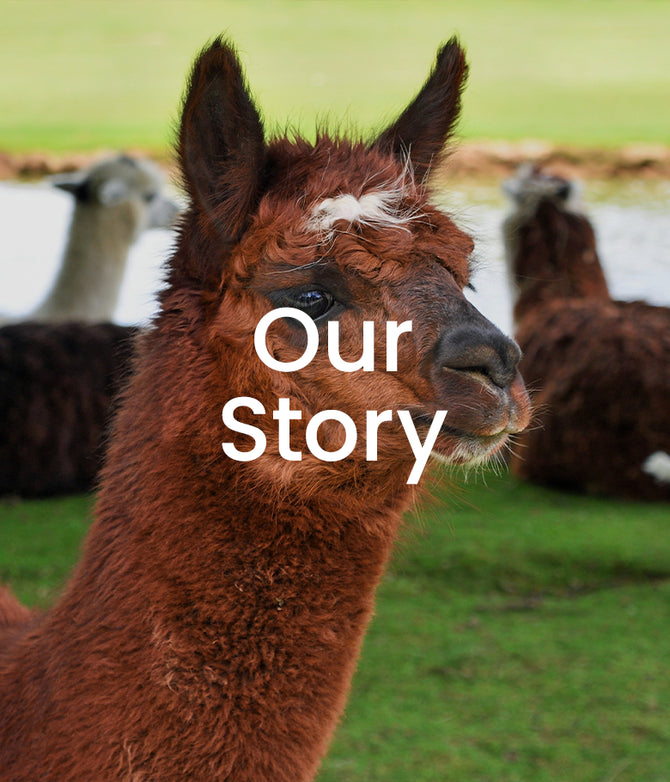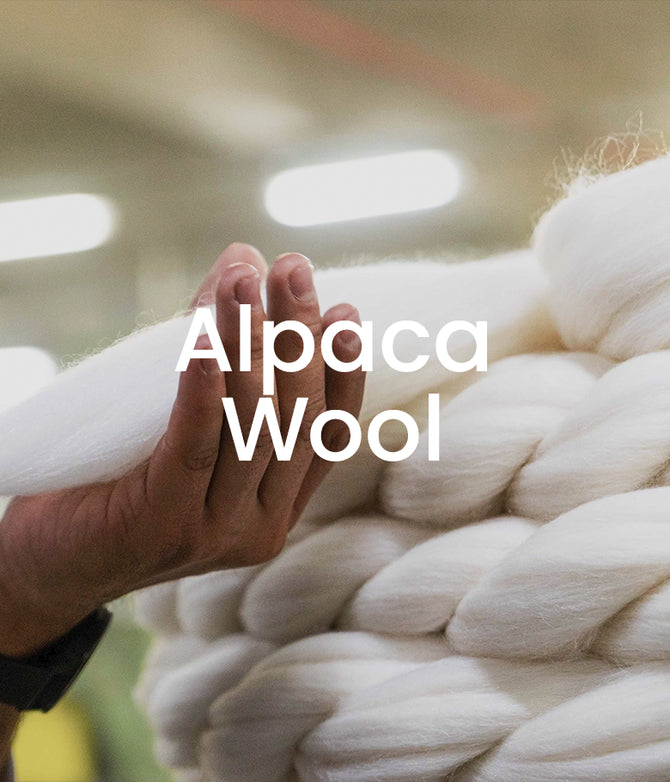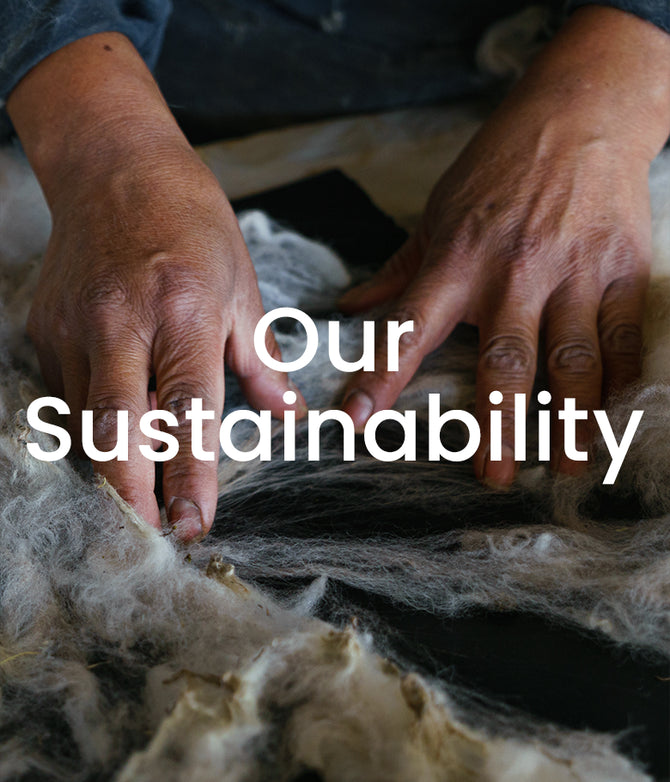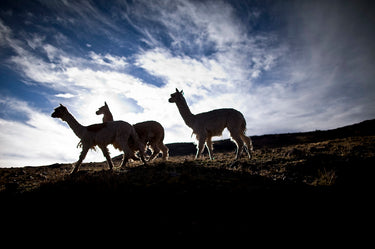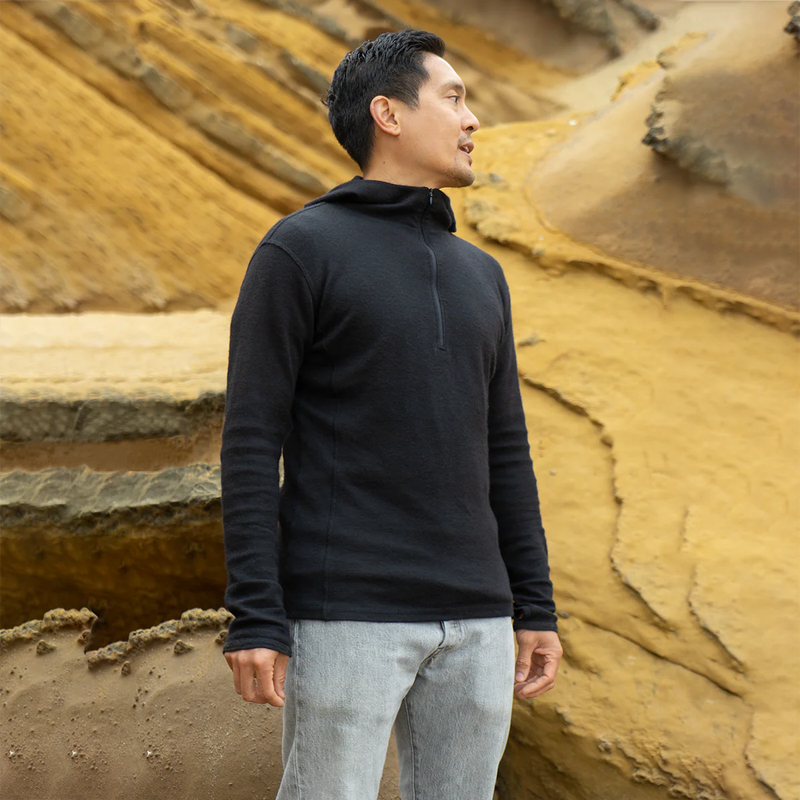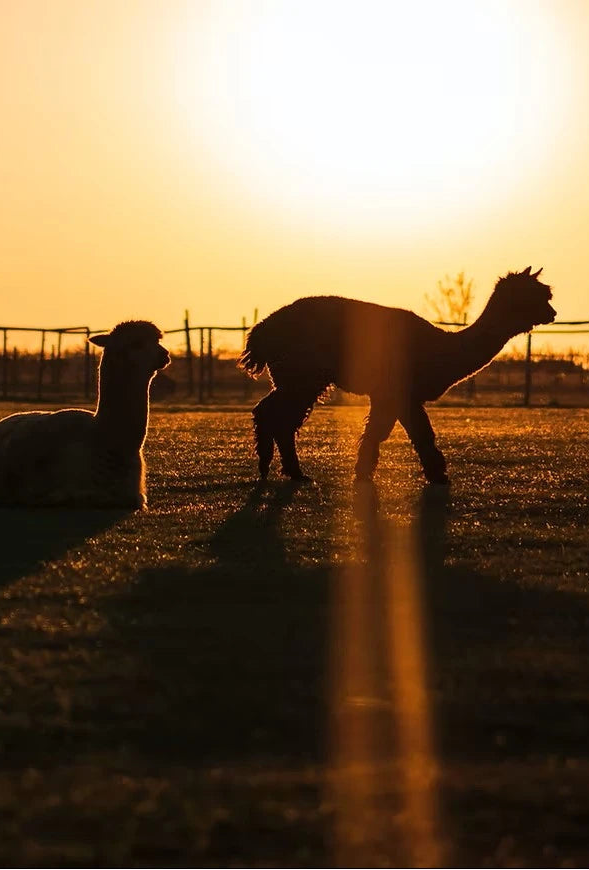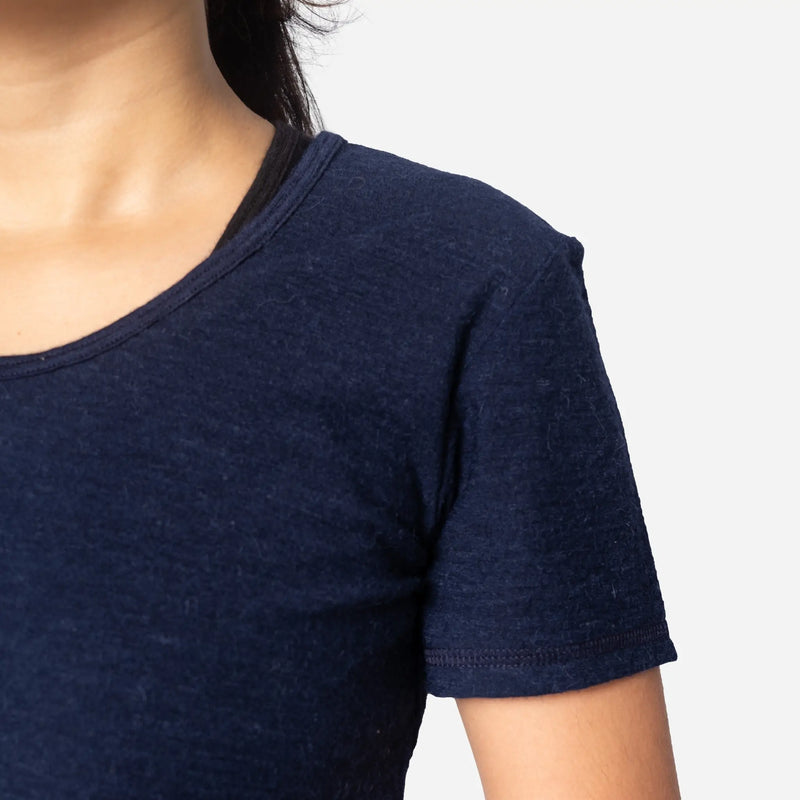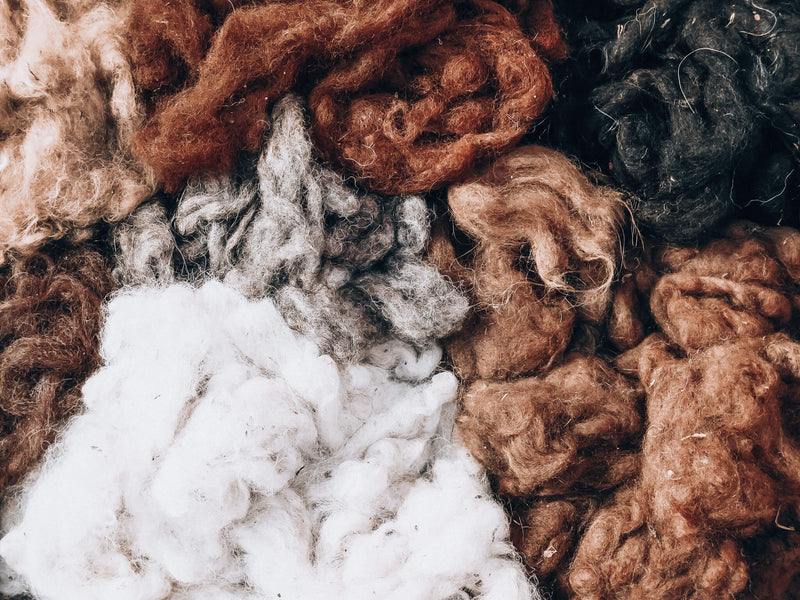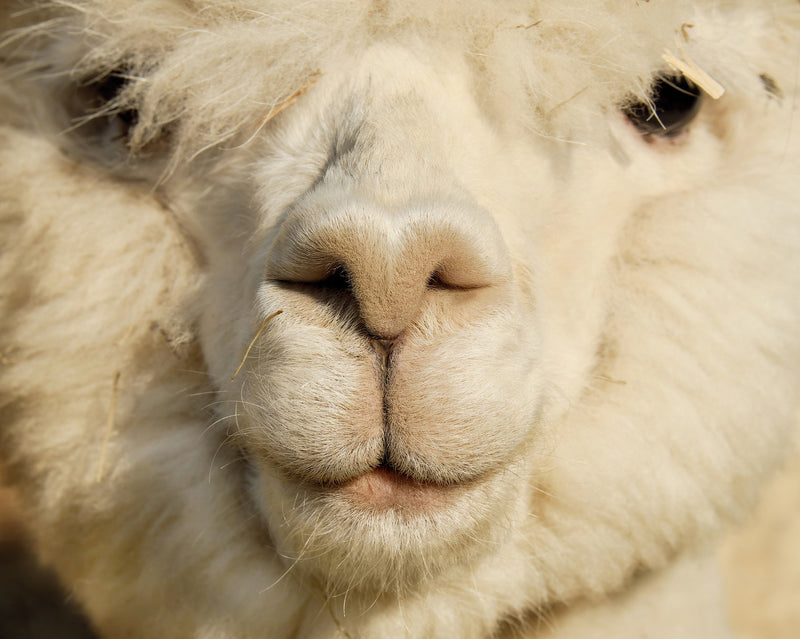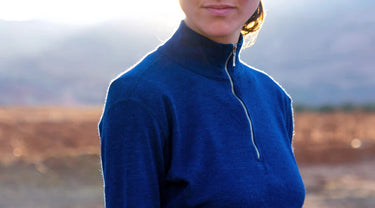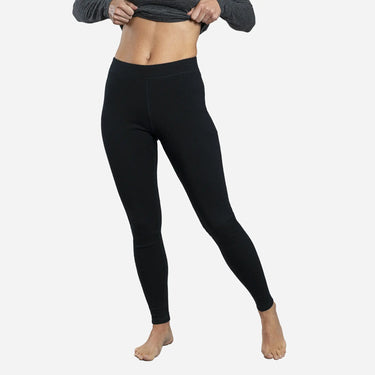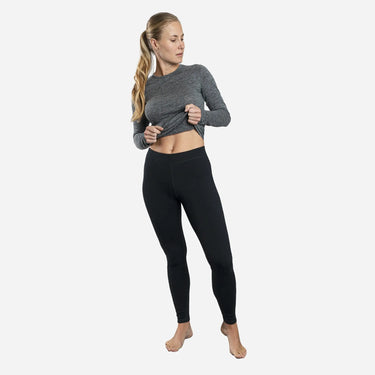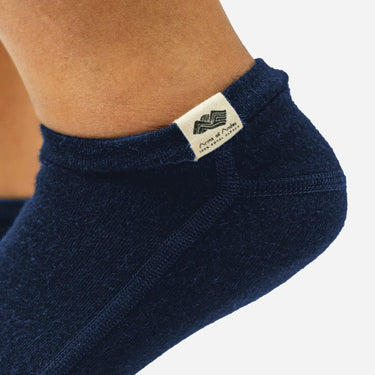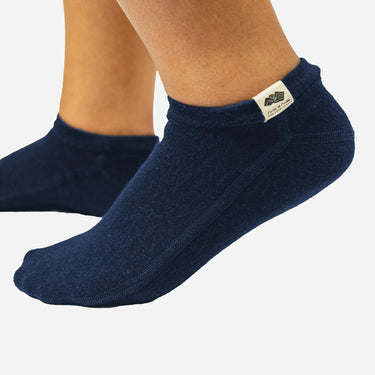Published July 24, 2025
Reading time: 5 minutes
By Jordy Munarriz
| UPF Rating | Category | % of UV Blocked |
| UPF 15–24 | Good Protection | 93.3% – 95.8% of UV radiation blocked |
| UPF 25–39 | Very Good Protection | 96.0% – 97.4% of UV radiation blocked |
| UPF 40–50+ | Excellent Protection | 97.5% – 98.0%+ of UV radiation blocked |

Jordy Munarriz
Environmental Engineer with a master’s degree in renewable energy and a specialization in sustainability. A passionate traveler and advocate for responsible tourism, he captures the essence of exploration through storytelling, inspiring others to connect with nature in a conscious and meaningful way.
References:
[1] Lu JT, Ilyas E. An overview of ultraviolet-protective clothing. Cureus. 2022 Jul 27;14(7):e27333. doi:10.7759/cureus.27333
[2] AATCC. Transmittance or Blocking of Erythemally Weighted Ultraviolet Radiation through Fabric (TM 183) [Internet]. Research Triangle Park, NC: American Association of Textile Chemists and Colorists; [cited 2025 Jul 24]. Available from: https://members.aatcc.org/store/tm183/579/
[3] ASTM International. Standard Practice for Preparation of Textiles Prior to Ultraviolet (UV) Transmission Testing (D6544‑21) [Internet]. West Conshohocken, PA: ASTM; 2021 [cited 2025 Jul 24]. Available from: https://store.astm.org/d6544-21.html
[4] International Testing Association for Applied UV Protection. Certification of clothing or shading materials according to UV STANDARD 801 [Internet]. [cited 2025 Jul 24]. Available from: https://www.uvstandard801.com/en/certification
[5] Skin Cancer Foundation. Sun‑protective clothing [Internet]. [cited 2025 Jul 24]. Available from: https://www.skincancer.org/skin-cancer-prevention/sun-protection/sun-protective-clothing/
[6] Jasco Inc. Evaluation of UPF sun protection fabrics [Internet]. [cited 2025 Jul 24]. Available from: https://jascoinc.com/applications/evaluation-upf-sun-protection-fabrics/
[7] Algaba I, Riva A. Determinación in vitro del factor de protección UV de los textiles. Bol Intexter (UPC). 2002;(121):53. Spanish.
[8] International Wool Textile Organisation. IWTO Wool Notes 2024. Brussels: International Wool Textile Organisation; 2024. Available from: https://iwto.org/wp-content/uploads/2024/06/IWTO-Wool-Notes-2024.pdf
[9] Moore K. The impact of fleece characteristics on insulation and heat exchange, and the consequential effect on vitamin D of alpacas in southern Australia [dissertation]. Perth (AU): The University of Western Australia; 2015.
[10] Allain D, Renieri C. Genetics of fibre production and fleece characteristics in small ruminants, Angora rabbit and South American camelids. Animal. 2010 Sep;4(9):1472-81. doi: 10.1017/S1751731110000029
[11] Gawish SM, Helmy HM, Ramadan AN, Farouk R, Mashaly HM. UV Protection Properties of Cotton, Wool, Silk and Nylon Fabrics Dyed with Red Onion Peel, Madder and Chamomile Extracts. J Textile Sci Eng. 2016;6(4):1000266. doi:10.4172/2165-8064.1000266.
[12] McGregor BA. Properties, processing and performance of rare and natural fibres: a review and interpretation of existing research results [Internet]. Avenel, VIC: Rural Industries Research and Development Corporation; 2014 [cited 2025 Aug 4]. Available from: https://alpaca.asn.au/wp-content/uploads/2019/09/properties-processing-and-performance-of-rare-and-natural-fibres-a-review-and-interpretation-of-existing-research-results.pdf
[13] JASCO Corporation. Evaluation of UPF for Sun Protection Fabrics. Application Note 070-UV-0036. Available from: https://jascoinc.com/docs/application-notes/070-UV-0036_UPF%20RevRAL.pdf
Latest News

Weaving Time: The Peru You Don’t See in the Picture
Explore the other side of Peru—where weaving, tradition, and the role of alpaca reflect a slow, intentional approach to fashion.

What Is a Micron In Wool Clothing?
Learn what a micron in wool means, how it affects softness, durability, and price, and how to choose between alpaca, merino, and cashmere.

Alpaca vs Merino: Which Wool Offers Better UV Protection?
Discover how alpaca wool naturally outperforms Merino in UV protection. Learn about UPF ratings, fiber properties, and how to choose sun-safe clothing without chemicals.

